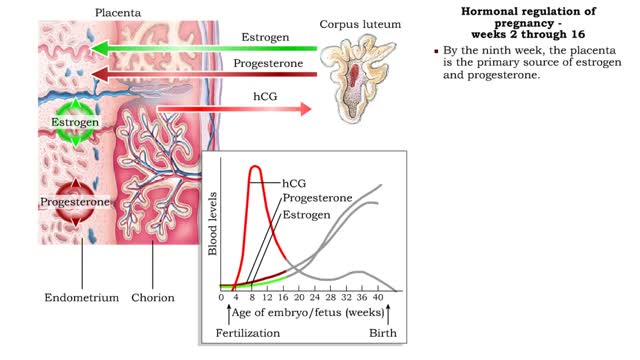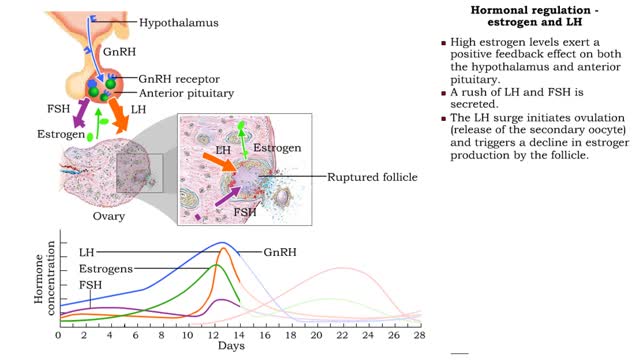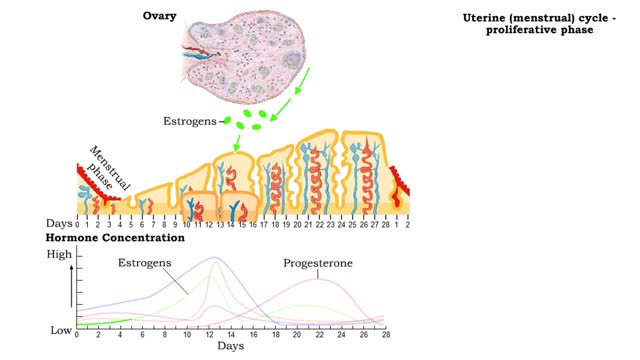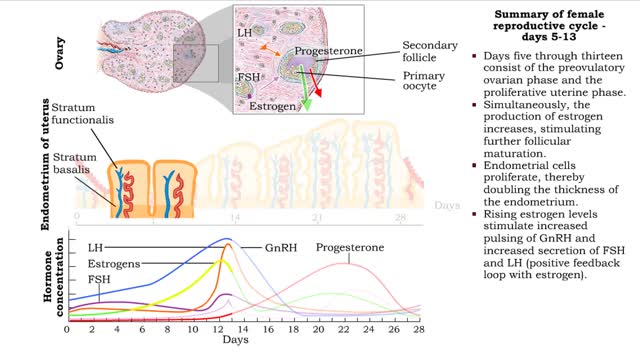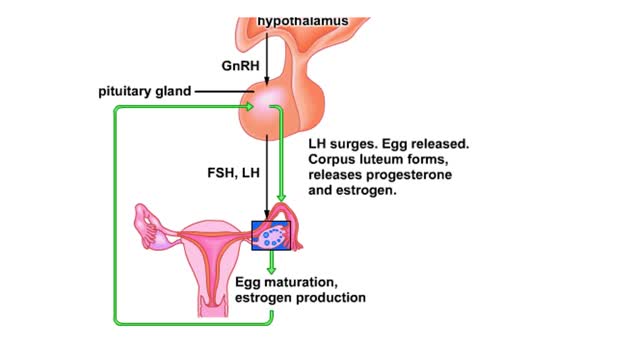Search Results
Results for: 'trophic levels'
Energy Flow - Trophic Levels and Food
By: HWC, Views: 11251
All of these relationships between different species are founded on one thing: energy. Organisms get food in order to get energy, which is used by the organism for growth, maintaining health, and reproduction. We can classify the members of a community according to how they obtain food. Produc...
By: Administrator, Views: 14539
Atrophy is the partial or complete wasting away of a part of the body. Causes of atrophy include mutations (which can destroy the gene to build up the organ), poor nourishment, poor circulation, loss of hormonal support, loss of nerve supply to the target organ, excessive amount of apoptosis of c...
Insulin (glucose uptake by body cells), glycogenesis and lipogenesis
By: HWC, Views: 11890
Insulin is the regulator that allows the sugar from the foods we eat (be it a piece of cake or a stick of celery) to enter our tissues and become part of the metabolic process. Insulin is made by the Islets of Langerhans, which are found in the pancreas of every person. As we previously mentio...
Hormonal regulation of pregnancy - weeks 2 through 38
By: HWC, Views: 12113
Weeks 2 through 16 • During the first few months of pregnancy, estrogen and progesterone are secreted primarily by the corpus luteum. • These hormones act to maintain nutritional support for the embryo and fetus. • hCG production increases, peaking at 8 weeks. • hCG triggers the c...
Phases of the Female Reproductive Cycle - Hormonal regulation
By: HWC, Views: 12089
FSH, LH and estrogen • FSH travels through the bloodstream from the anterior pituitary to the ovaries. • FSH promotes follicular growth. Increased follicular growth promotes estrogen production. • Small increases in blood estrogen levels inhibit the release of FSH and LH into the bl...
Uterine (menstrual) cycle - phases
By: HWC, Views: 11573
• The uterus goes through a cyclical developmental pattern to be ready for implantation and support of an embryo. • The uterine, or menstrual, cycle is under the control of ovarian horrnones. • The uterine cycle also has three phases: • Menstrual phase • Proliferative phase �...
Protein Secondary and Tertiary Structures - Animation
By: HWC, Views: 7855
Amino acid sequence dictates a protein's final shape. The presence of certain amino acids favors a pattern of hydrogen bonding that causes part of the polypeptide chain to coil and twist into an alpha helix. The presence of other amino acids enables hydrogen bonding between strand like r...
Summary of female reproductive cycle days 1-28
By: HWC, Views: 12107
■ The first five days of the cycle include the menstrual phase. ■ Progesterone and estrogen levels are low. ■ Menses occurs. ■ GnRH pulses more frequently promoting FSH and LH levels to rise. ■ Primary follicles are stimulated to develop. ■ Days five through thirteen consist o...
Hormones and the menstrual cycle Animation
By: HWC, Views: 8678
Feedback loops to the hypothalamus and pituitary gland from the ovaries during the menstrual cycle Animation for a step-by-step explanation. Production of a releasing hormone (GnRH) by the hypothalamus prods the pituitary's anterior lobe to release FSH and LH. In the ovary, FSH and LH stimula...
Advertisement






